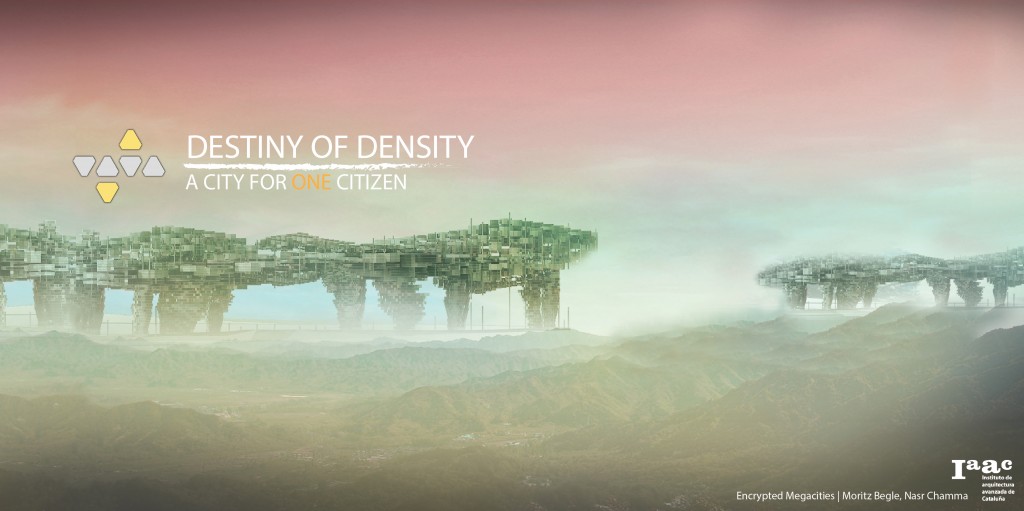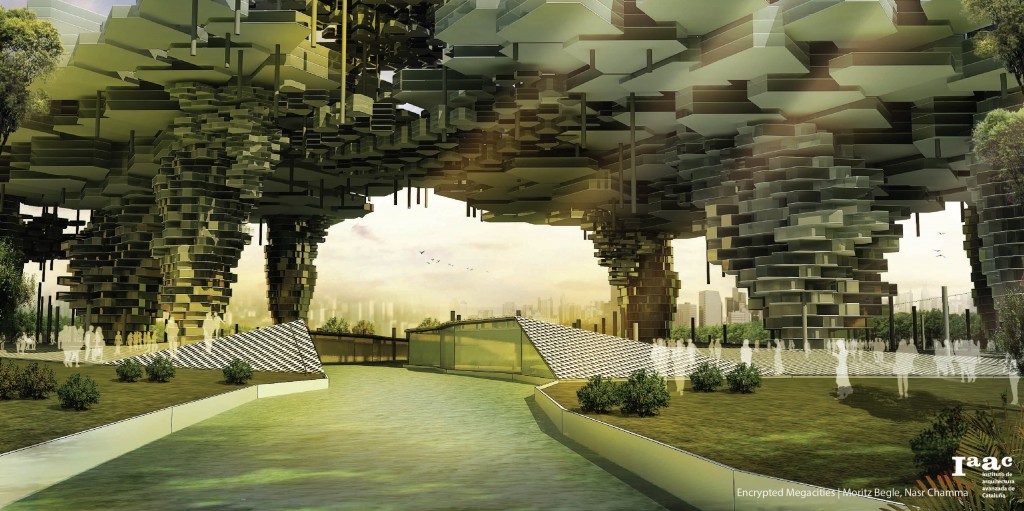“First we shape our buildings, then they shape us” [Winston Churchill, 1943]
When designing any random building we are indeed designing our future for they direct and manipulate the way in which we engage with our social values, educational, commercial and spiritual needs. Cities have always been a source of attraction for people living in suburbs and villages, and immigration has increased dramatically through the years making the amount of people living in the cities ascend from 10% in 1900, to 50 % in 2012 and 75% later in 2050; making each city a coin with two contradicting faces, the touristic smart face, and the social crises one. Blinded by the first face, people curiosity always encourage them to seek for more when it comes to better chances in life, making this city a large exhibition where designing buildings has become a competition between some brands or some fake modern pioneers seeking fame and declining “The Human Quality” the city should possess, focusing on the best ways to create a building that can be considered a “work of art” or the tallest building in the century depriving it from its surrounding in many cases.
There are seven billions living in this world, 1.354.040.000 of which are in China, one of the most advances countries, and when it comes to overpopulation, there’s always a particular city that beats all the records, Shanghai “the city of the future”. However looking deep into the architectural spaces within, that future doesn’t seem so bright after all, homes are more like cages in many areas denying that the individual carry within the urge for something much more important than just eating or sleeping which is Living.
Accordingly, designing a mega city for the most overpopulated city in the world is a challenge and can become a standard, when solving “The Human Quality” dilemma, in which other cities can refer to. Our aim behind this proposal was to draw the future in a different way and to lead the next urban age, and to create a more sustainable society, in shape and function, full of humanity. The most ideal way of designing a mega city is to take into consideration every single citizen it contains and approach this project from his perspective.
If one more citizen is not fitting into an endless city, we architects should write the destiny of densities, we should create mega cities of future thinking about each single citizen.
It’s our challenge, by satisfying the human needs with every line we draw.
Moritz Begle Nasr Chamma








